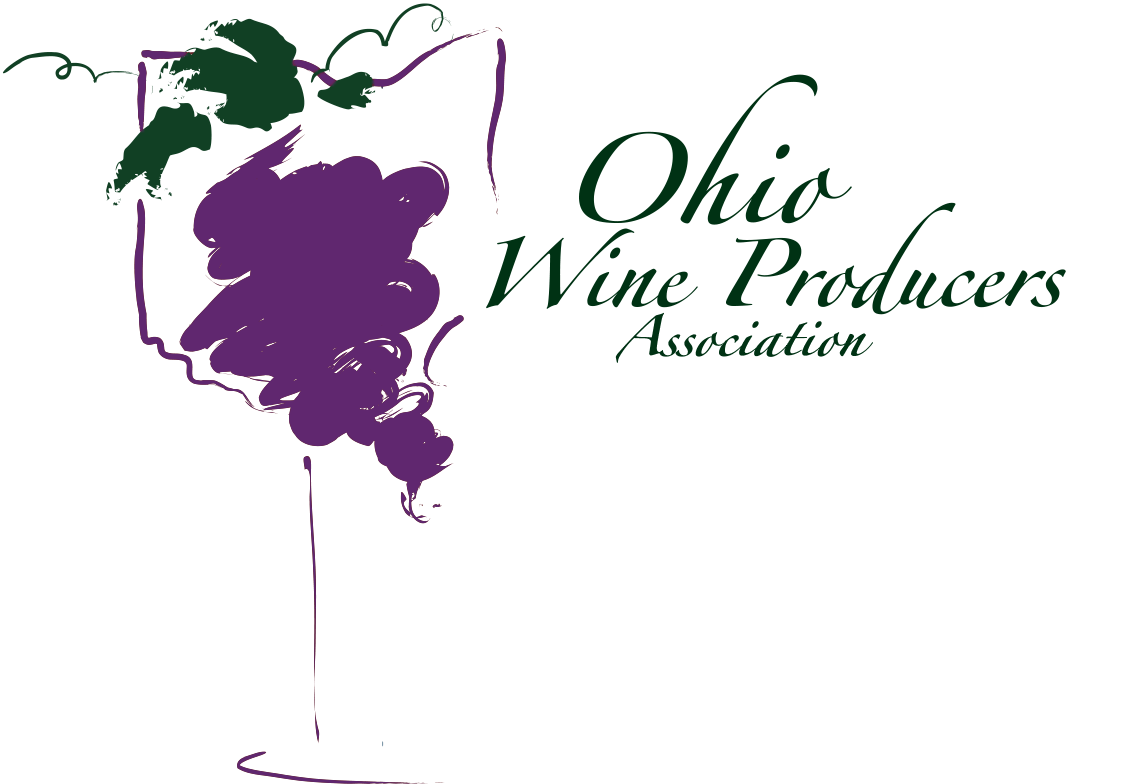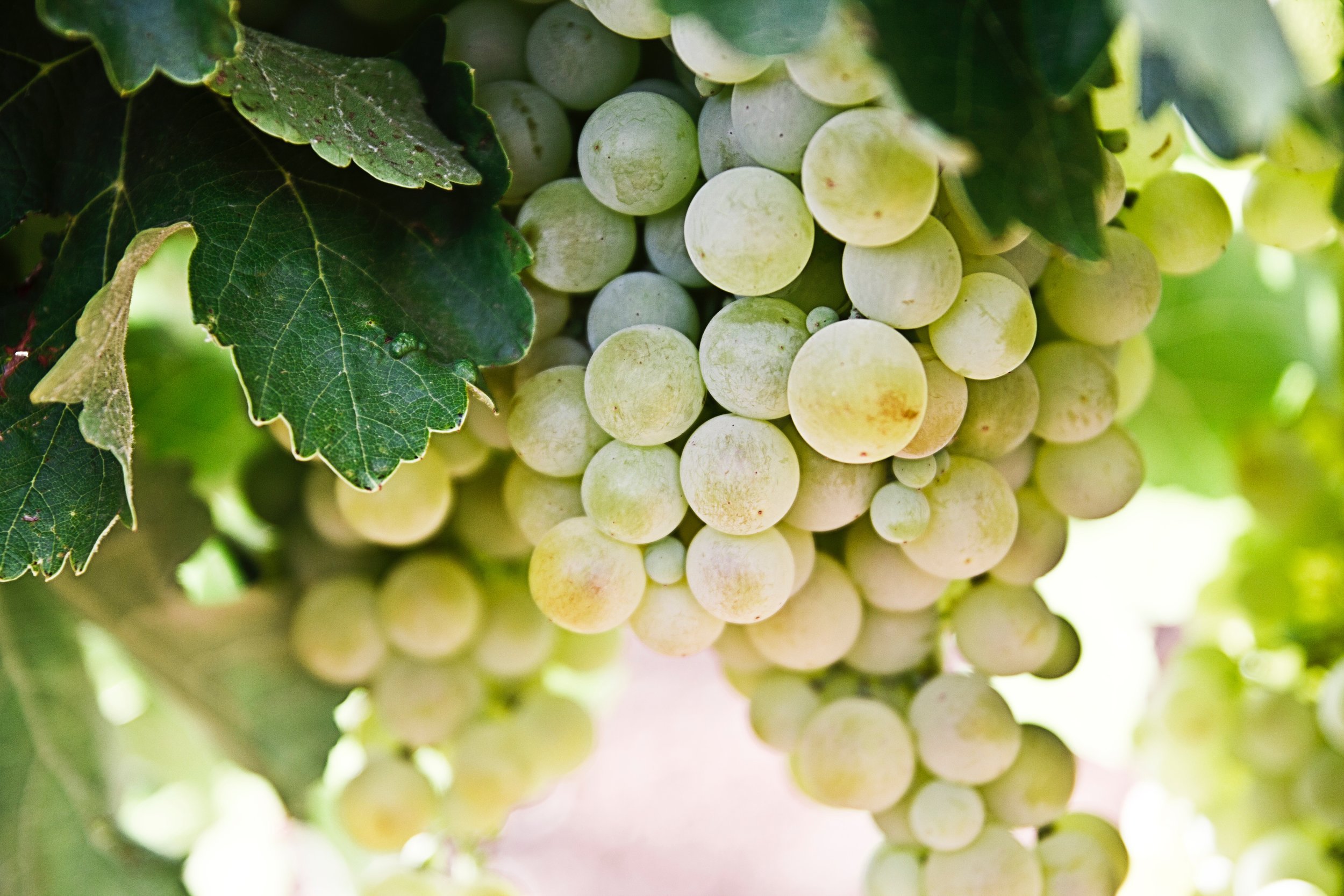Yeast with out it, we would have no wine
One California winery made its early reputation by touting the phrase, We will serve no wine before its time. In reality, they might have said, We need to pick a good yeast strain so we can make a great wine which will be ready in a reasonable time.
Beyond putting high quality, clean fruit in the hands of an attentive and talented winemaker, one of the factors separating a good wine from an exceptional one is the critical decision of what kind of yeast to use to initiate the fermentation process.
The English world yeast comes from the Greek word zestos or perhaps from the Sanskrit yasyati both of which translate loosely into the phrase boiling without heat. This microscopic plant organism literally eats or metabolizes the natural grape sugars in a process called fermentation. Anyone who has visited a wine cellar during and after the harvest season can attest to the primary bi-products of this fermentation that include alcohol, the inert gas carbon dioxide plus heat. They can see modern jacketed stainless steel tanks used to control the temperature of fermenting juices, can attest to the sound of bubbling fermentation locks sitting atop tanks and barrels and remember the difficulty in breathing in an underground chamber filled with more than the usual amount CO2.
Wild yeasts are found naturally on a grape berrys bloom [the soft grayish like film found on the skins of grapes growing in the vineyard]. However, these very unpredictable, untamed strains have virtually no place in a modern wine cellar. Off odors and flavors, stuck fermentations and the like are acceptable in todays commercial winemaking community.
With almost no exception, modern yeasts are isolated and cultured, by commercial companies. The goal is to produce something as true to a single strain as possible. However, yeasts are far from standardized: each type reacts in very different ways. Depending on the kind of yeast used, these tiny organisms contribute significantly to the subtle changes may separate good wines from great ones. Some yeasts are designed initiate a hot or very fast fermentation, others to cause a slower, cooler conversion process. Still other varieties are developed to add delicate flavor components that will enhance a specific grapes best qualities. Literally thousands of university experiments and tasting panels over several decades have helped to identify the strains of yeast which best match various fruit varieties, wine cellaring practices and consumer taste preferences.
Yeasts also play a critical role in the production of fine champagnes and sparkling wines. But that story would take more room that is left in the space allotted here. A future column will discuss why hundreds of years ago, Dom Perignon would have never discovered the stars in his wine without the action of yeasts: he was astounded when the bottles of still wine resting quietly in his cellars magically become champagne. .
In the meantime, when you sip a lovely glass of wine, whatever the color or sweetness level, remember that without the action of yeast, you would likely be consuming something more akin to vinegar than nectar.
For additional information: dwinchell@ohiowines.org
About the author:
Donniella Winchell, Executive Director of the Ohio Wine Producers Association...


